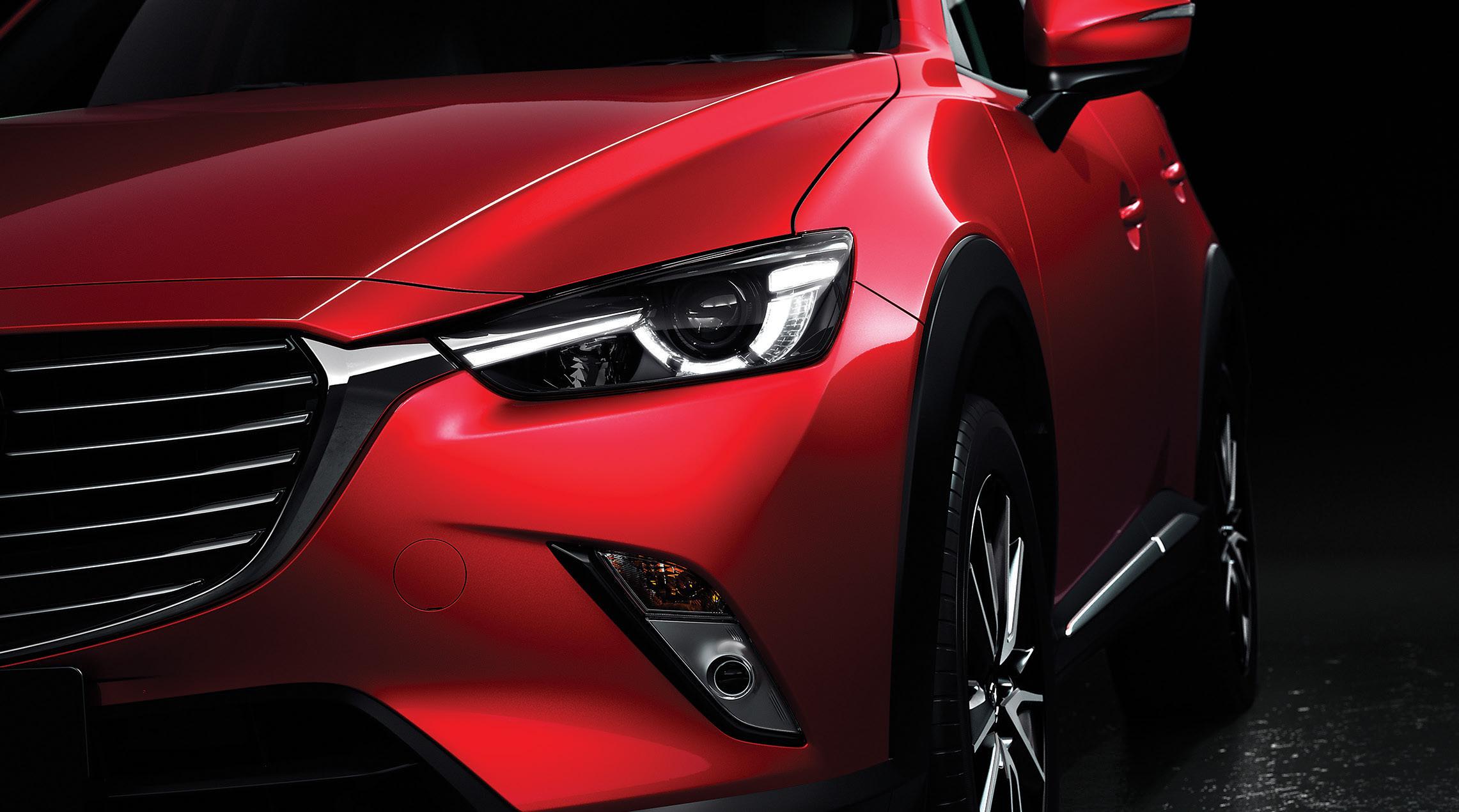
1 minute read
Increase Profit and Control Cycle Time by Owning Your Calibrations
ADAS is everywhere with the volume of registered vehicles containing ADAS growing year after year, while each vehicle sees an increasing number of systems. Shops that will continue to grow and succeed in the future need to invest in calibrations, but they have several options to meet the requirements that ADAS imposes on them. During “Own Your Calibrations,” Josh McFarlin (AirPro Diagnostics) examined the differences between bringing calibrations inhouse, subletting to a dealer, subletting to a local calibration center and subletting to a mobile company.
“In the very near future, we can expect 100 percent of vehicles to contain ADAS, and the more prevalent these systems become, the more dependent drivers are on them,” according to McFarlin.
“And generally, anytime these vehicles need to be repaired, we’re going to need to perform some sort of calibration, whether it’s static, dynamic or a hybrid.”

To decide which option is best for your individual business, shop owners should start by looking at their work mix; domestic vehicles typically require more dynamic calibrations which involve a lower investment since targets and additional shop space are not needed. Conversely, Asian vehicles that largely need static calibrations require a certain amount of shop space that includes a level surface and specific lighting as well as the purchase of target sets and additional equipment. “Dip your toe in the waters by starting with dynamic calibrations,” McFarlin suggested.
Having the right people to perform the calibrations is also an important factor, but “the traits you’re looking for are less about what you’ve typically hired for in the past in terms of collision repair aptitude and more about electronics. Find a unicorn who is interested in computers or video games and also likes cars because they are generally going to be a pretty good fit.”










